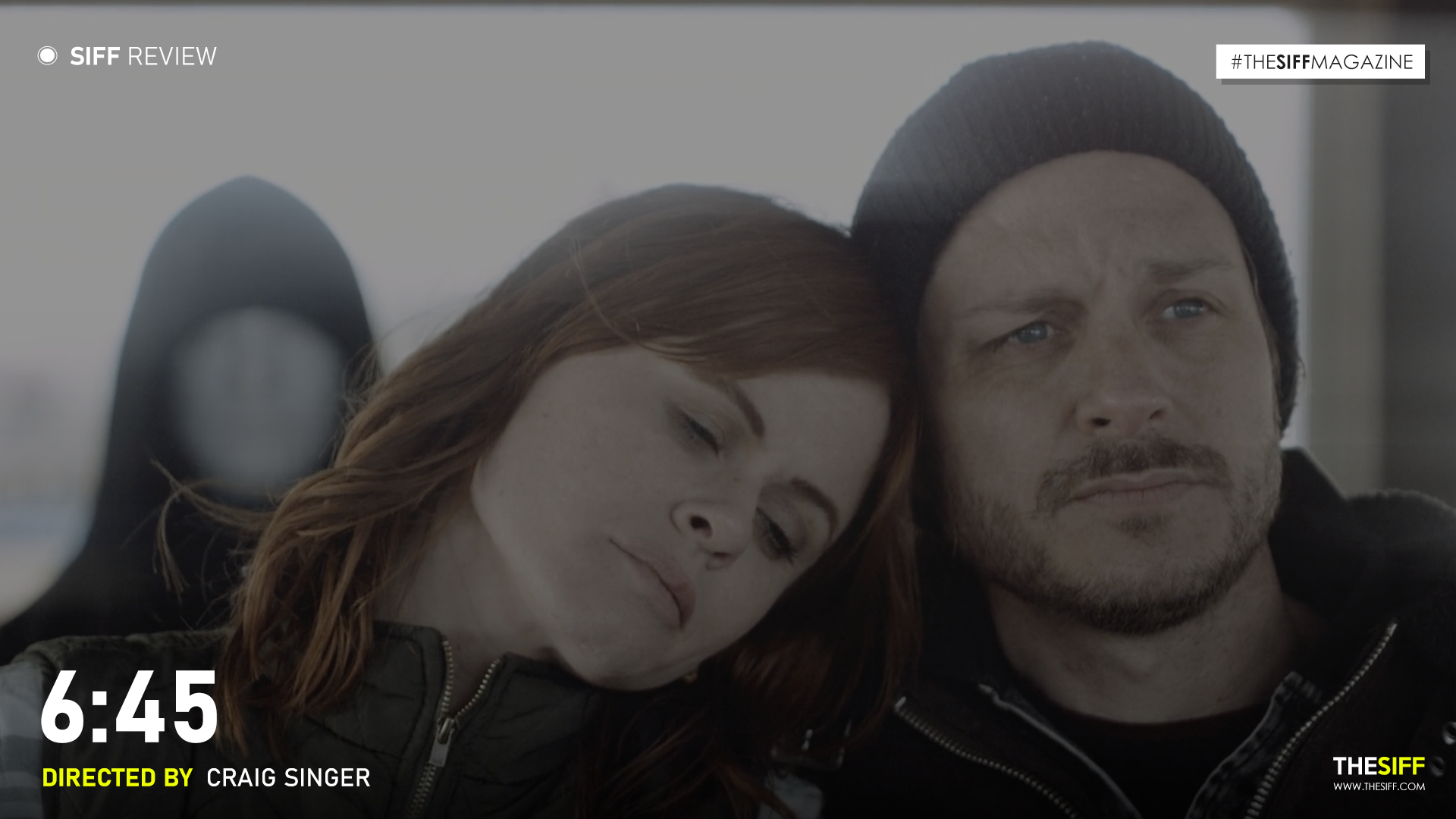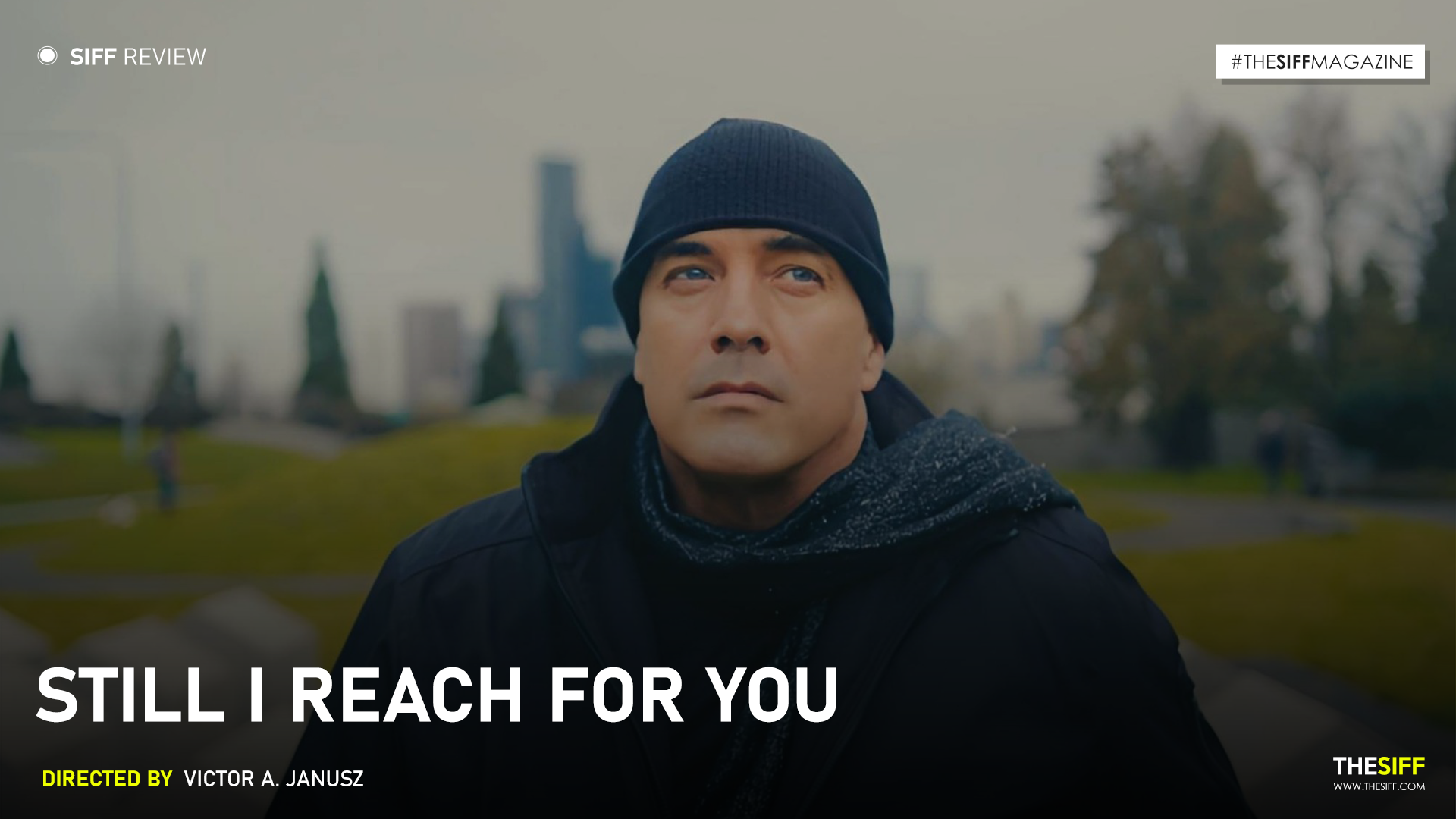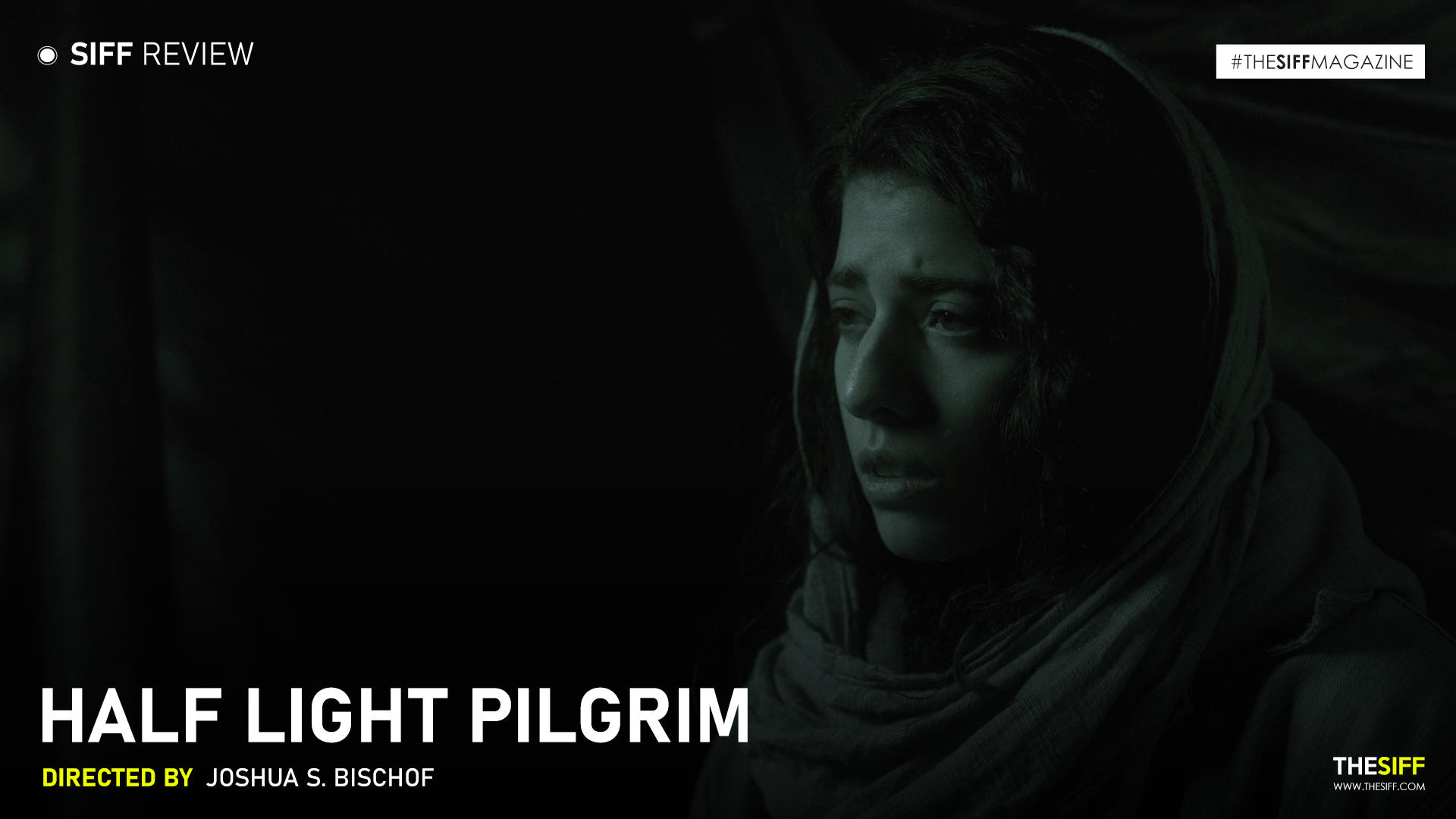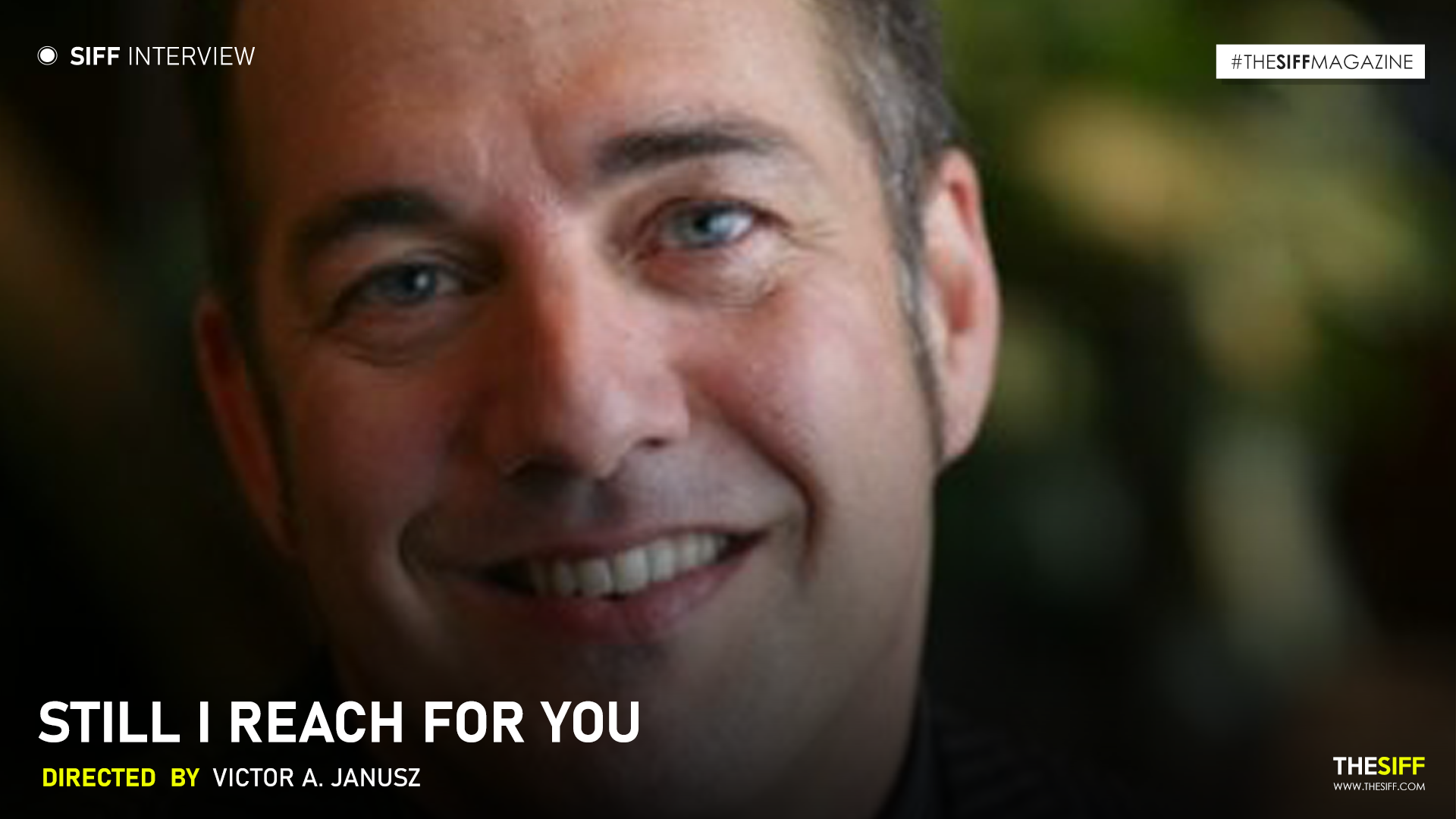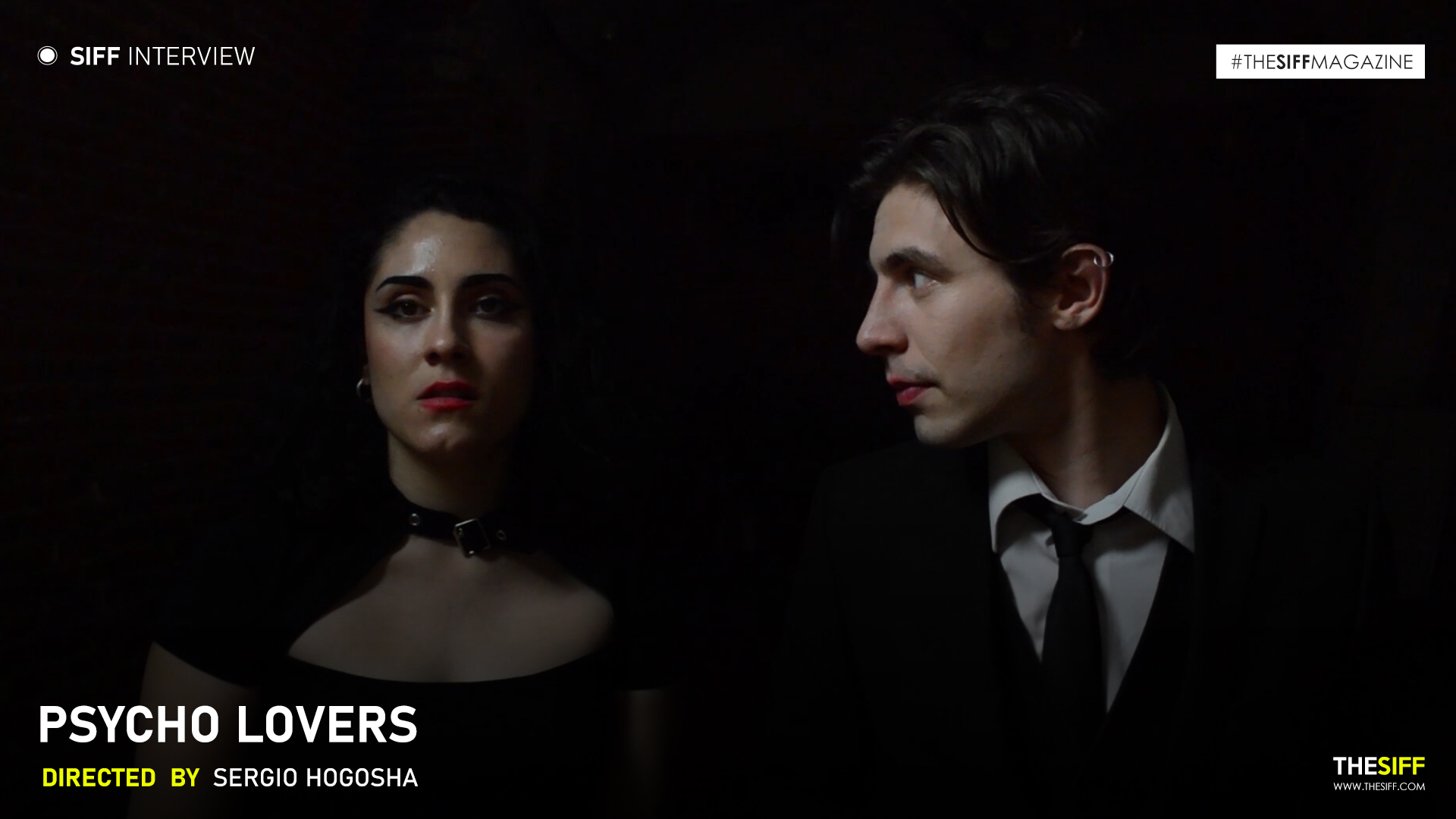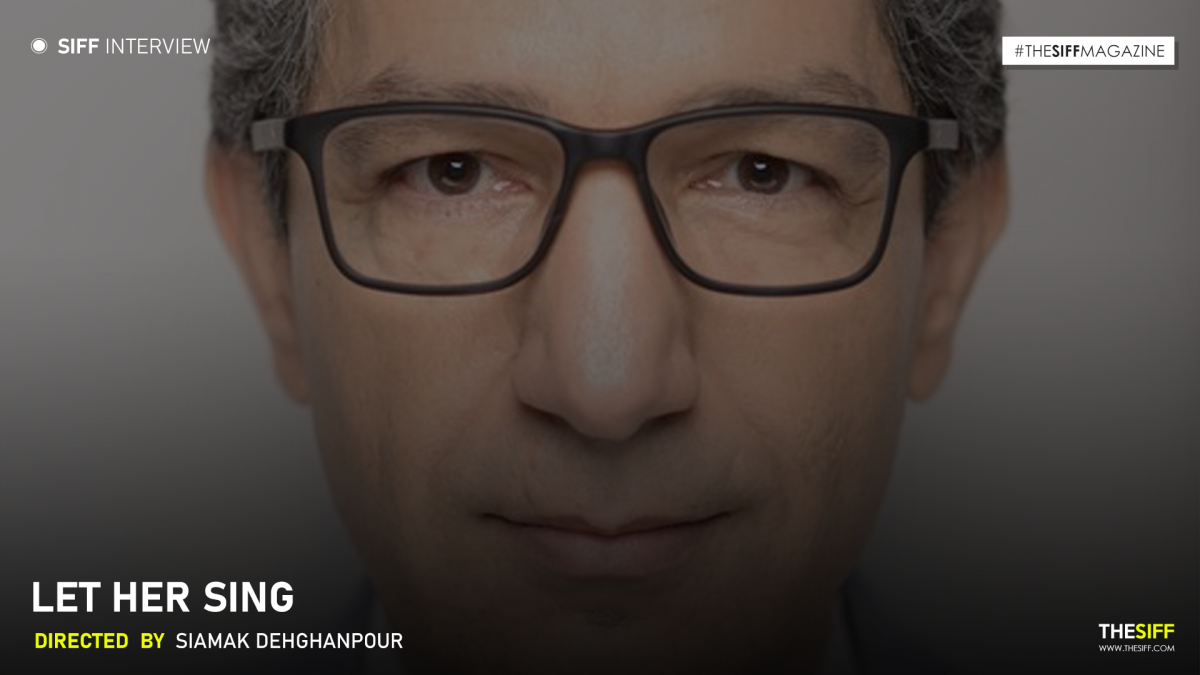
Movie: Let Her Sing
Director: Siamak Dehghanpour
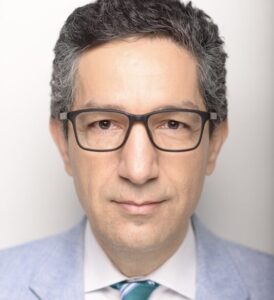
Hello Siamak, welcome to The SIFF!
1.Tell us how you started your journey in the films?
I studied theater and film directing at Tehran’s University of Art from 1991 to 1999. My uncle is a documentary filmmaker and film professor. He introduced me to the world of cinema as a child. My father is also an avid film watcher. I come from a family of writers on my mother’s side as well. My grandfather was a poet and a journalist, and my two uncles were authors and publishers. During my time at university, I made a short 16 mm fiction film and several documentary projects. After finishing my bachelors degree, I had to leave the country for political reasons and couldn’t complete my masters degree in film.
After twenty years of working as an international broadcaster, I returned to film school at American University to obtain an MFA in film and media.
2.What made you create a film about the story of a young Iranian female vocalist?
Since the 1979 Islamic Revolution in Iran, women were prohibited from singing in public. Iranian female solo vocalists are only permitted to perform for female audiences. Female vocalists can only perform for male audiences as part of a chorus.
As a result, many famous female singers left the country after the revolution. Many migrated to the US.
When I shared this struggle with some of my American classmates, I noticed they were shocked. So I tried to give my viewers a new perspective of the world we are living in and motivate people across the world to support Iranians’ demand for drastic changes in their country.
3.Can you name some books or movies that inspired you to raise your voice through your art?
Reading Anton Chekov’s plays and short stories had a significant influence on me as an artist: Three Sisters, The Cherry Orchard.
George Orwell, through 1984 and Animal Farm, also changed my perspective of the world. I should also mention Ernest Hemingway’s The Old Man and the Sea.
In cinema, no filmmakers come close to Andrei Tarkovsky as an absolute source of never-ending inspiration: The Mirror, Solaris, Stalker, Nostalgia, The Sacrifice.
And in documentary filmmaking, I am a big fan of Erol Morris: The Fog of War, The Unknown Known.
4.How did you come across the real-life situation in Iran where female vocalists are restricted from singing in public?
I knew Elnaz through her family. Her brother was a political prisoner in Iran. I interviewed Elnaz when she left Iran about ten years ago. A few years ago, I talked to her about turning her life into a short documentary project. Initially, she was a little hesitant and didn’t want to have more threats coming from the Iranian government. Ultimately, she agreed to do it and sang songs with political undertones in front of a crowd at a political rally in Washington, DC.
5.Why did you select Elnaz Abedini as the primary focus of your documentary?
Elnaz represents a new generation of Iranian female vocalists who are talented and educated.
Elnaz is a graduate of Tehran Conservatory of Music in Classical Singing. She is a former member of the Tehran Symphonic Orchestra Choir and began her vocal training when she was 15. She also studied classical and jazz piano.
She has kept her relations with the new generation through her online vocal training.
She is also a lovely person who, after the first few minutes of an encounter, makes you think you’ve known her for decades.
6.How did you envision the themes of freedom of expression, and resilience being portrayed in your film?
The first image in my mind was to show Elnaz singing in public as much as possible, which is something that she could not do in Iran and which she could have been arrested for.
I knew that Elnaz’s solo songs recorded in Turkey and her performances worldwide are testaments to her resilience in the face of all the odds, and it shows she paid a heavy price with ten years of her life for her freedom of expression.
There is a moment in the film where Elnaz is heading to a final rehearsal for a singing performance at Charleston Symphony Orchestra in South Carolina, where she resides now with her husband. You can see in her eyes what that performance meant to her. She was a young, energetic part of the Tehran Symphonic Orchestra Choir. During the film, we learn that the choir was forced to stop, and her university discontinued the classic vocal academic curriculum. And she says: “It’s very painful to migrate just because you love to sing.”
7.Would you like to discuss any symbolic elements in the film that represent the challenges faced by the protagonist and other female vocalists in Iran?
There is a moment toward the end of the first half of the film where Elnaz tries to sing a famous song sung by legendary Iranian female vocalist Hayedeh that is about saying farewell to your country. It’s there that she becomes overwhelmed with emotion and stops singing while she hides her face from the camera, crying in silence. We notice the depth of her pain through her silence. Toward the end of the film’s second half, we see Elnaz looking directly at the camera and, in slow motion, crying with strength while we hear her singing. That’s the evolution in Elnaz’s character that I was trying to portray. The song she is singing during that shot is about the love for your country. But this time she acts differently. Elnaz says in the film: “I left my fears behind.”
The videos we see playing behind her while looking at the camera and cutting her hair are from Nika Shakarami, whom she briefly talks about, a teenager who was killed by the government and had so much love for singing and performing. Her death, among others, had a significant impact on Elnaz. The film’s opening sequence is Elnaz reenacting Nika’s famous video during the Woman, Life, Freedom protest before her killing.
8.As a filmmaker, what kind of films do you wish to make?
There was a twenty-year gap between my first short movie and Let Her Sing. My migration with my wife and daughter and working as a TV journalist didn’t leave me with the time to continue my filmmaking passion. I have lots of ideas based on my personal life. I hope I’ll be able to turn them into good films. Now my wife and daughter are my biggest supporters and advisors. I come from a generation who have gone through a revolution, eight years of a bloody war, political oppression, challenging migration, 9/11, and a COVID pandemic. I see myself making fiction and non-fiction movies.
9.How does your film address the broader issue of government control over artistic expression and individual rights?
The film’s title appears against the backdrop of a classic Persian miniature depicting a female Iranian musician in the court of the kings.
For centuries women in Iran had a limited presence in music due to a variety of religious reasons, which helped to keep women in the private sphere. The Constitutional Revolution in 1906 changed the horizon for women. Iftikhar Khanum was among the first women in Iran whose voice was recorded in 1913. Following some reforms by the Pahlavis, unprecedented rights were given to women. Women in Iran performed in concerts, on TV, and on the radio until the 1979 Revolution. Shia leaders forbade women from singing because their voices were considered provocative for men. After years of resistance by women, government policies changed in the late 1990s, allowing women to be choral singers. Singing solo continues to be banned for Iranian women.
Elnaz is not the only female vocalist in this story. We see her friends and female colleagues Raya Amed and Sanam Abdolazimzadeh, who have also left Iran to reside in Turkey to be able to sing solo and perform their songs the way they want.
The Woman, Life, Freedom movement is about restoring individual rights, whether that is choosing what to wear, what to say, how to live, who to pray to, and whom to love. I decided to tell Elnaz’s story in the context of this forward-looking movement. That is why Elnaz removes the tape on her lips and then removes her scarf in the opening sequence.
10.What emotional impact do you hope your film will have on the audience?
The film presents a complex character who laughs and cries, sings and chokes, acts, and reenacts. Making the film was a challenge for Elnaz. She has a public presence with over 100k Instagram followers and an established media appearance as a classical singer. I wanted to show something beyond her performances and interviews. Something deeply personal. The loneliness of an artist during migration.
I also wanted this unique story to be told by Elnaz herself while we hear her magical voice. That’s how viewers feel the magnitude of the tragedy. The brutality of eliminating voices that bring beauty and harmony to this world. Silencing a gift of god in the name of God. Elnaz says at the beginning of the movie: “God has given my voice as a gift.”
11.How important is it to keep art forms alive in front of a dictatorship?
Dictatorial and authoritarian governments want total control of the population. They want to kill individualism for the sake of the masses. They want followers, not independent minds. Art is about the expression of ideas by individuals. Art empowers individuals and gives them the courage to say things the way others cannot. An artist concerned about the sociopolitical situation of her society always stands with the people and against the ruling power. An artist is a voice of the voiceless.
12.What kind of conversations or discussions do you hope the film will spark among audiences?
The ban on female vocalists is not an intellectual issue. Whenever a female vocalist in Iran shares a clip of her singing on Instagram, the government arrests her for interrogation. A recent example happened a few months ago. The religious government in Iran believes that a female voice will provoke male audiences. This is not just an unjust ruling against a group of women, but it’s also an insult to men and an affront attack on art. When I shared the film with filmmakers and film professors during the 2023 UFVA (University Film and Video Association) conference, I received great feedback about its impact on them. I hope this film will encourage prominent voices in the music industry to support Iranian female vocalists and open up new opportunities in the industry for them.
Women comprise 21.6% of all music artists in the US. Raising awareness about the lack of female representation across minorities is essential, as the number of female music stars has increased in the past few years.
While making the film, I asked my non-Iranian friends what they would do if the government forced female vocalists to stop singing in public one day.
Imagine a world without Taylor Swift, Rihanna, Ariana Grande, Adele, or Aretha Franklin’s music.
13.What challenges did you face in bringing this sensitive and impactful story to life?
One segment of the movie where some of Elnaz’s former professors or colleagues in Iran talk about her personality and work was quite challenging. I was concerned the government might want to make their lives harder. There was also a concern as to whether the project could negatively impact the life of Elnaz’s remaining relatives in Iran.
Independent filmmaking is also tricky. Financial issues are always a struggle in this type of filmmaking. Obtaining the copyrights of many of Elnaz’s performances was very time-consuming. Overall, everyone was gracious in extending their support. I have submitted the film to Tehran’s Short Film Festival. Let’s see how they will react. The government fully controls the film industry in Iran, and some filmmakers have been jailed for making movies.
14.Lastly, I would like to know your experience working with the SIFF?
SIFF was the first international film festival that officially selected Let Her Sing and awarded the film Outstanding Achievement in Best Short Documentary. Elnaz and our entire team are so grateful for that recognition. Although the film has won other awards, this one was very special. The professionalism I have witnessed from the SIFF through on-time communication, active social media presence, great graphic design for the announcements, online screenings, and conducting this interview highlight that SIFF is a relatively new festival but is on the path to becoming one of the top influential film festivals.

